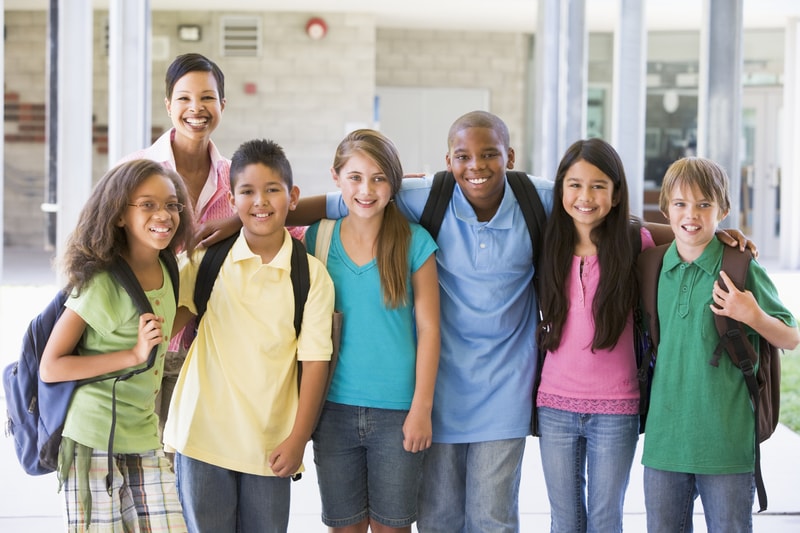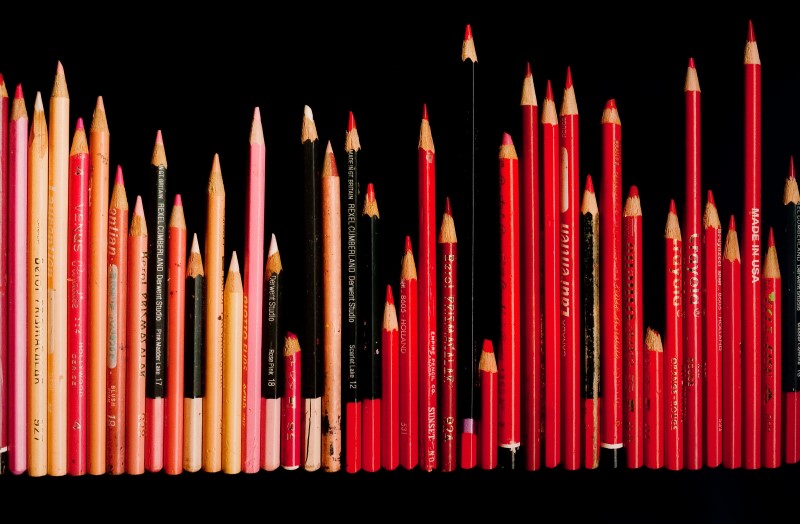The Labour Day weekend is coming and for most of North America, that means one thing: back to school is less than a week away. Hey, don't remind you, right?
But what if instead of heading back to classes next Tuesday, you had already been back for over a month?
For students in a year-round school, that is the reality. And what’s more, many of them actually like it.
More breaks all year
Now before you think otherwise, year-round school doesn't mean more classes. A student at one of these schools has the same amount of days in class (about 180 to 187 depending on the province or state) as other public school students. And they do have a summer vacation. It's just that their summer vacation is about 4 weeks (essentially all of July, plus a few days on either side), not the 9 weeks that most students get.
In return, though, they get way more breaks throughout the year. The average public school gives its students only three weeks off between September and June — 2 weeks off during the winter holidays, and one week at spring break. At a year-round school, the breaks are longer and happen more often. They are: fall break (two weeks, early October); winter break (three weeks, end of December/start of January); mid-winter break (one week, middle of February); spring break (two weeks, second half of March).
So, sure. The summer is way shorter at a year-round school. But throughout the year, students get way more time off. Doesn't sound so bad, does it?
What's it actually like?
Currently, there are only about 150 year-round public schools in Canada, out of around 10,000 schools coast-to-coast. The United States has around 3,000 year-round schools out of nearly 99,000 public schools. This means that across North America, around 2 to 3% of public schools are year-round. That's not a lot. But the kids who do attend them enjoy their schedule. Yes, they do get jealous sometimes of friends, neighbours, or siblings at traditional schools who get to stay home all of August while they go to class. (They're only human!)
But those extra breaks throughout the year? They're really nice. "The summer is a bit shorter, but it's fine because you get like more holidays on other days," Namrata Nandam, 11, told the Canadian Broadcasting Corporation (CBC). "You don't feel ... overwhelmed with like schoolwork, so I think that it's really good." Studies have also shown that students retain more information at year-round schools and perform slightly better in tests than those at traditional public schools. A big reason why?
"The breaks are not long enough that they forget classroom expectations, school expectations," says David Tran. The Grade 6 teacher told the CBC that the more frequent, but shorter holidays mean that students are "ready to learn immediately after the breaks."
 Would you rather have a long summer holiday, or more breaks all year? (© Monkey Business Images | Dreamstime.com)
Would you rather have a long summer holiday, or more breaks all year? (© Monkey Business Images | Dreamstime.com)










Sounds like a good idea. 💡